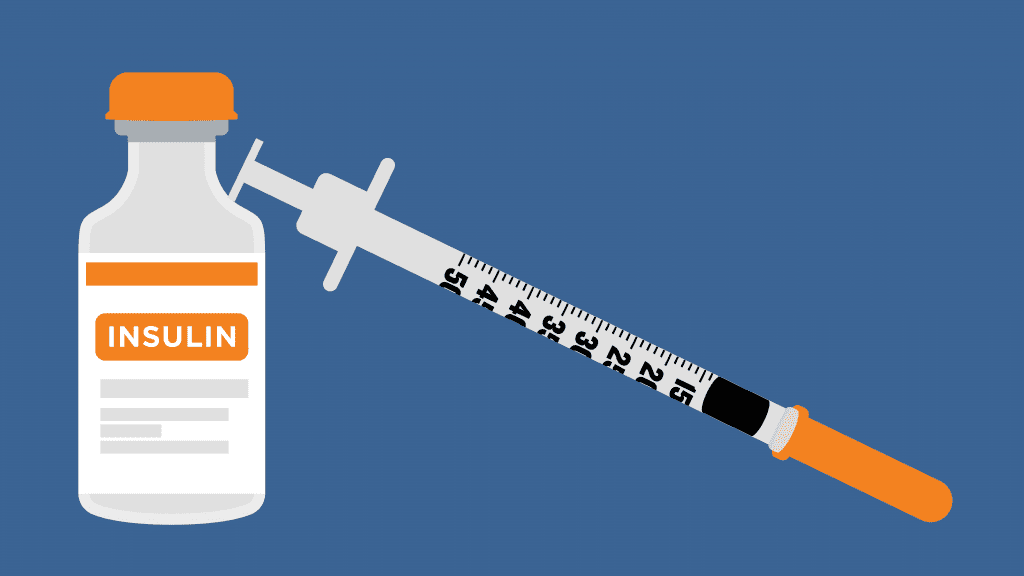High Insulin Costs Are Literally Killing People

Currently there are more than 30 million Americans living with diabetes. More than 1 million of them live with Type 1 diabetes (T1D). In Colorado specifically, almost 20,000 people are diagnosed each year.
Like oxygen and water, insulin is absolutely necessary to survival for people living with diabetes. Without it, diabetic ketoacidosis sets in, causing blood sugar levels to spike so high blood becomes acidic. Cells dehydrate, and the body stops functioning, resulting in seizures, comas, and death.
Related: Briefed by the Bell: Health Care
The scientists who created insulin in 1920 recognized its value and didn’t want to profit off the need for it, opting instead to allow insulin to be mass produced and widely available. While not a cure, this discovery saved millions of lives, and continues to provide a way to manage a disease that was previously considered a death sentence.
Today, we seem to have lost that focus. Almost $4 billion is spent annually on diabetes-related medical costs in Colorado. The price of insulin has spiked 555 percent over the last 14 years, specifically rising 45 percent between 2014 and 2017.
It would make sense these price increases align with major medical breakthroughs, as companies claim to raise prices as means to advance research, but the actual product of insulin hasn’t changed significantly since 1999. As this is a for-profit industry, the drug manufacturers, pharmaceutical companies, insurers, and pharmacy benefit managers (PBMs), use insulin to increase profits while their patients suffer.
Related: A Step Toward Increasing Health Care Affordability
As prices continue to rise, insulin-dependent diabetics are often forced to choose between necessities, such as groceries or rent, to afford their medication. Rising prices also align with an increase in dangerous habits — like insulin rationing, switching to less effective but cheaper options, or adjusting carb intake to lower dosages — that are risky and often lethal ways diabetics attempt to cut costs.
Short term, rationing can appear to be a solution to the issue of cost, but for those who survive insulin rationing, the outcomes are bleak. It leads to higher blood glucose levels, which means the body cannot effectively distribute enough blood and will eventually lead to the loss of fingers, toes, and other extremities as a result of this.
Then there are those who don’t survive the rationing:
- Alec Raeshawn Smith, a Type 1 diabetic who was found dead in his apartment after aging off his mother’s insurance. Alec’s yearly salary was higher than Medicaid would allow, but too low to afford a quality insurance plan. Unable to afford his insulin for $1,300 a month, Alec resorted to rationing his insulin.
- Shane Patrick Boyle relocated in order to take care of his mother, and lost his insurance as a result. His insulin was up to $750 a month when a GoFundMe was started to afford it. He died, one week after his mother, while waiting for his new health care, just $50 short of his goal.
- Meaghan Carter was a 47-year-old nurse who worked three jobs, but none offered health insurance. She passed away as a direct result of being unable to afford her insulin. She was just a week away from starting her new job, which came with an insurance plan that would have allowed her to afford her medication.
Diagnosed on November 11, 2010 at the age of 14, my brother Evan has lived with Type 1 diabetes for more than eight years. I remember the day he was diagnosed, and how drastically his life, and my family’s lives, changed as a result. Evan’s monthly medical supply costs, including insulin and pump materials, are around $500. His insulin pump alone cost more than both of our cars combined. For now, he is covered under my parents insurance, but like every big sister, I worry about him. Every day I worry about what happens when he turns 26 and ages off my parents insurance.
Although HB19-1216 won’t change what happened to Alec, Shane, or Meaghan, it could change what happens to the 1.25 million people like my brother. It’s a step in the right direction and could be the first in many steps that prevents my brother from becoming another victim of this manageable disease.
